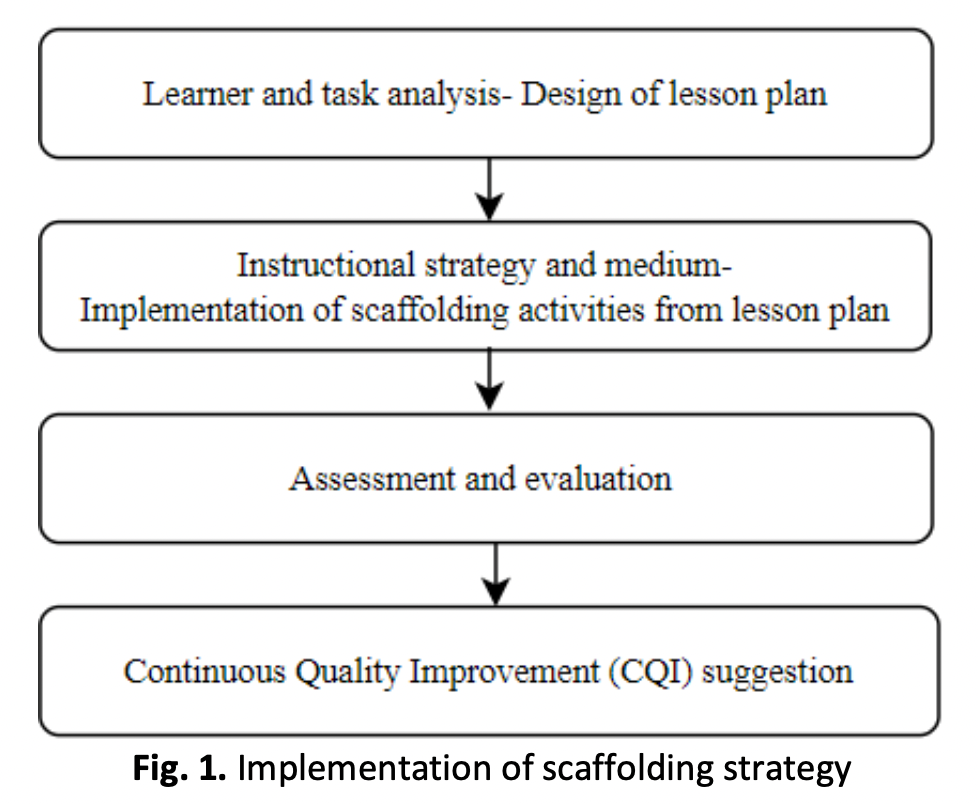Enhancing Student Engagement through Scaffolding Strategy in Active Learning Environment
DOI:
https://doi.org/10.37934/araset.33.3.219227Keywords:
Active learning, Engineering Mathematics, online learning, scaffolding, student performanceAbstract
This paper introduces the implementation of various interactive activities in an active learning environment using the scaffolding strategy, which aims to enhance student engagement in Engineering Mathematics and Statistics course, offered to second year Electrical and Electronic Engineering students. Over the years, students have been struggling to master solving complex engineering problems in the curriculum. The paper suggests that various interactive activities in which course lecturer assumes specific roles, through scaffolding strategy, can enhance students’ ability to acquire skills to analyse fundamental theorems related to probability and information theory, and probability and statistical method for engineering problems. This approach involves lecturer assuming specific role in the designed activities using the scaffolding strategy. This paper explores how this approach can be customized to suit the learning needs in both learning modes; face-to-face (pre-pandemic) and online learning (during pandemic). Data collected was based on students’ performance and course feedback survey. Improved student performance was observed using this scaffolding strategy, which can also be implemented in both in-person and online teaching.
Downloads





























